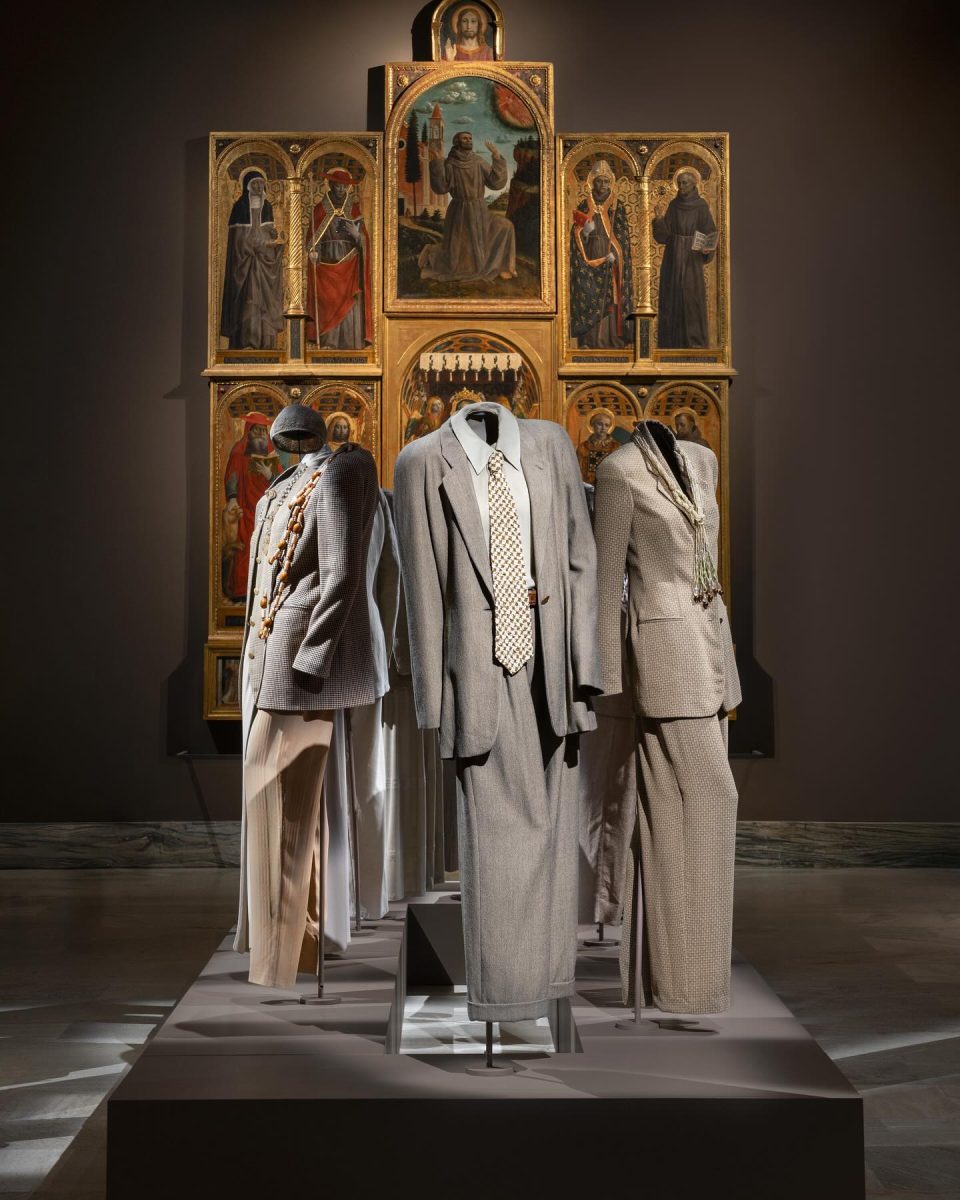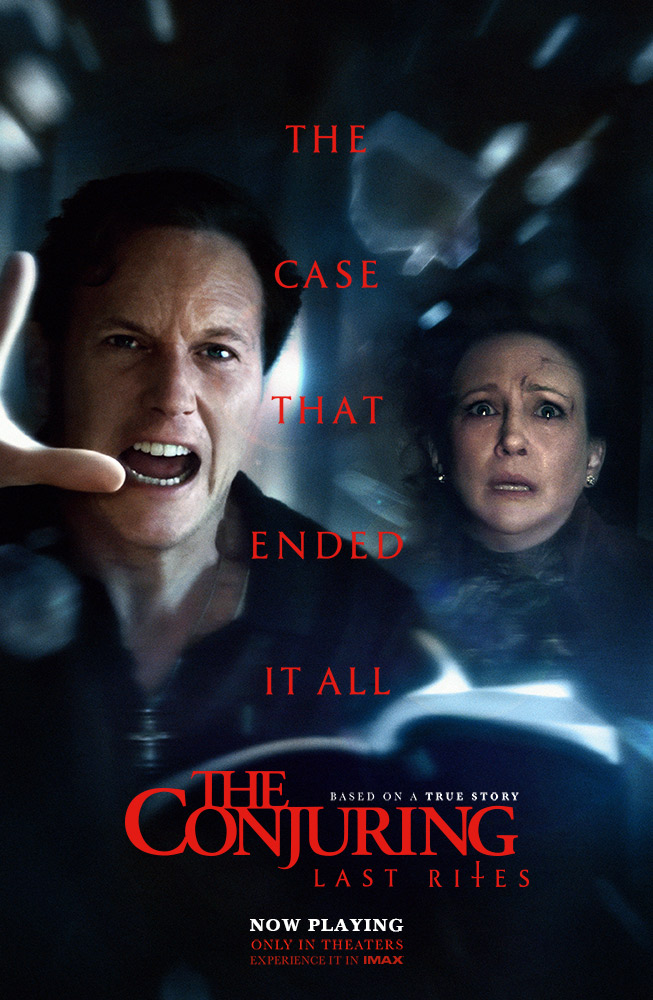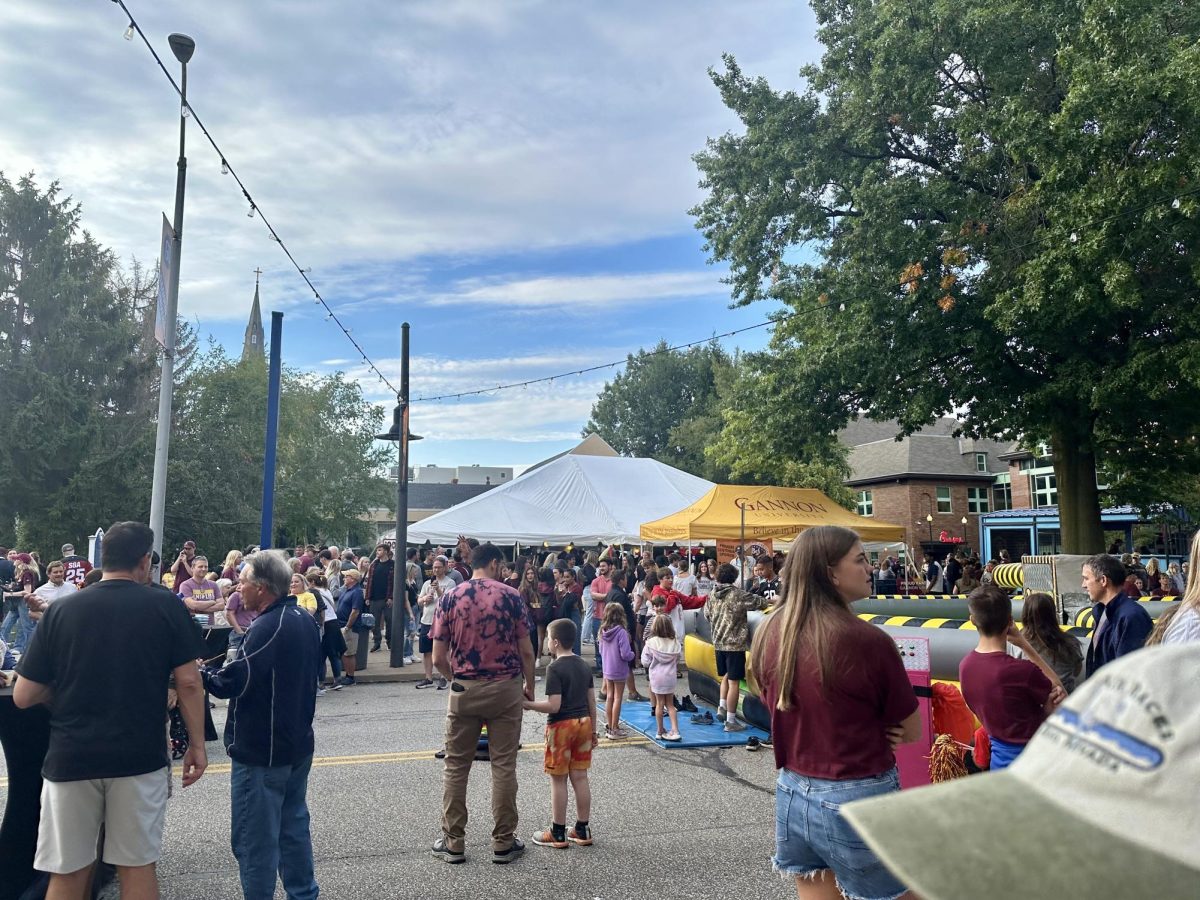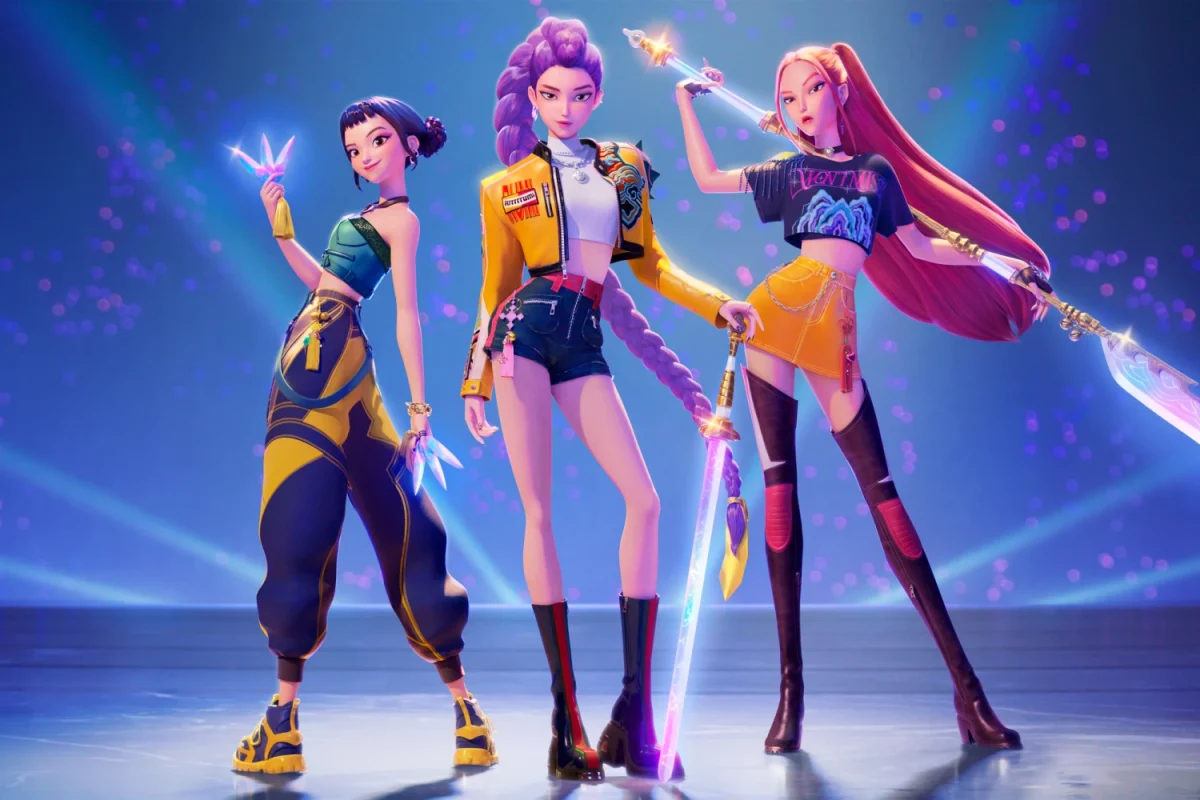Many will argue that “The Colour and the Shape” is, and always will be, Foo Fighters’ magnum opus.
Alas, music is subjective, and therefore some would instead argue that, while “TCATS” is a landmark album – and probably their second best – the closest Dave Grohl and co. have come to perfection was 1997’s “There is Nothing Left to Lose.”
For those of you who may be unfamiliar, a brief history lesson: Foo Fighters’ self-titled debut was recorded by Grohl alone on cassette tape in his home shortly after fellow bandmate, Nirvana frontman and MTV martyr Kurt Cobain, decided to end his life.
Grohl handed these cassettes out to friends for feedback, despite initially recording them “just for fun” and as a “cathartic experience.”
Foo Fighters became a critical and commercial success, leading to a record deal and Grohl recruiting members of then dissolved emo-legends, Sunny Day Real Estate. Together, they recorded Foo Fighters’ sophomore record, “The Colour and the Shape.”
“TCATS” is a classic rock album – notice the lack of hyphen – if there ever was one, shooting off of the debut with edgier, focused and refined material.
The album has spawned singles such as the repetitive “Monkeywrench,” fan-favorite “My Hero” and teenage make-out anthem “Everlong,” but if you trust my musical tastes, as you absolutely should, the real hits – and make-out anthems – were just on the horizon.
I’m speaking, of course, about “Aurora,” a breezy six-minute ode to summer and young love.
It’s Grohl’s favorite Foo Fighters song to date, as well as mine and countless other fans’ and it’s just the tip of the iceberg.
“TINLTL” received generally positive reception from critics but feels consistently and unjustifiably forgotten. Just look at songs like “Learn to Fly,” which unintentionally inspired thousands of teens in abstinence assemblies across America and simultaneously kick-started modern-rock radio with the perfect hint of crossover appeal and pop sensibilities.
If the singles are good – the infectious hook of “Breakout” rivals almost anything the band has done since – the album’s key tracks lay even further between the cracks. “Headwires” is the best ‘80s homage never used in a John Hughes montage, with Grohl’s low-mix vocals and distinctly muted guitars signaling an almost completely experimental change in direction and the upbeat foot-stomper that is “Live-In Skin” contains one the best riffs in their catalog.
Yet the grit remains as much as ever, with respective opening and closing tracks “Stacked Actors” and “M.I.A.” carefully balancing old Foo with new, boasting equal amounts of distortion and Grohl’s familiar howl.
The former even acts as an aggressive call-out to Courtney Love, a woman who throws out just as many crazy accusations as she does mediocre records.
Even when the record makes minor missteps, the annoying bass distortion at the beginning of “Generator,” they continue to produce something that feels unlike anything you’ve listened to before. How is that possible? Throughout the seamless transitions and variety that “There is Nothing Left to Lose” provides, it somewhere, somehow becomes one of the only rock records to ever successfully walk the line between “rock star” and “regular dude.”
Dave Grohl took the post-grunge genre and became its liaison to good music.
He writes music for the everyman in all of us, be it your average rock-radio fan or the intellectuals who consistently dissect music too much to ever enjoy it. He found a way to please them both.
With Grohl giving his A-game, perhaps “TINLTL” is forgotten because an album like this is such a rare occurrence.
Even when Grohl sings about unrelatable topics such as fame and touring – “Next Year,” “Ain’t It the Life” – he does it with a sarcastic solemnness that relays the feeling of wanting to be a normal guy: for him, normal being void of fame and for us, feeling popular and non-alienating. Everyone relates. Everyone wins.
AARON MOOK








